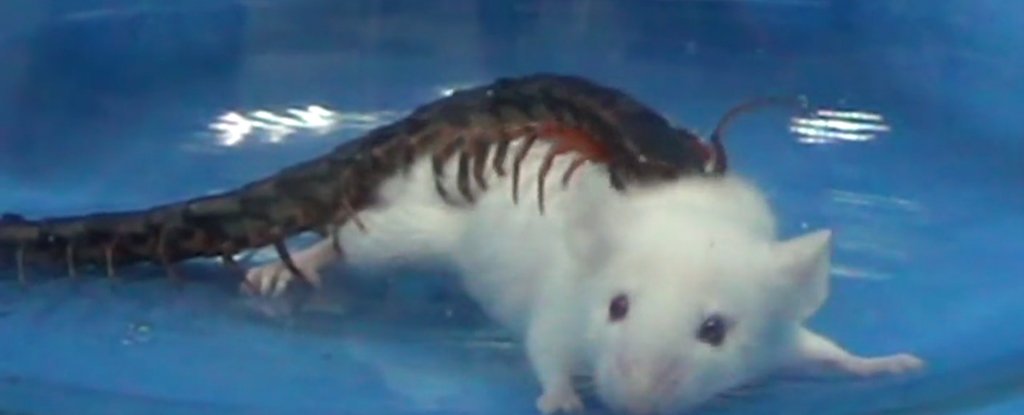
A chomp from a venomous centipede can cause swelling and unbearable agony. Furthermore, for a mouse – even one 15 times bigger than a centipede – the chomp can be fatal.
Most predators chase littler creatures. Blue whales, the biggest carnivores on earth, are an outrageous case: Each day a whale swallows a huge number of scavangers called krill that are about the measure of a headache medicine tablet.
Centipedes, however, don't submit to this run the show. Analysts in Venezuela have seen centipedes skitter up give in dividers to eat significantly heavier bats.
Also, researchers contemplating centipedes in China watched a brilliant head centipede, measuring three grams, as it crushed a 45-gram mouse. The centipede immediately stifled its substantially bigger prey on account of a surprising and powerful venom.
"Correlation is hard to set up among venomous creatures in light of their preying propensity," said Shilong Yang, a specialist in venom and poisons at the Kunming Institute of Zoology in China.
In any case, to Yang's information, the centipede holds a record by catching prey 15 times its body weight inside 30 seconds.
Yang and his co-creators, in a report distributed Monday in the Proceedings of the National Academy of Sciences, distinguished the poison that gives centipedes this destructive capacity.
They disconnected an atom in centipede venom, a peptide, which they named Ssm Spooky Toxin. (The brilliant head centipede, otherwise called the Chinese red-headed centipede, has the logical name Scolopendra subspinipes mutilans, thus Ssm.) The poison obstructs the development of potassium into and out of warm blooded creature cells.